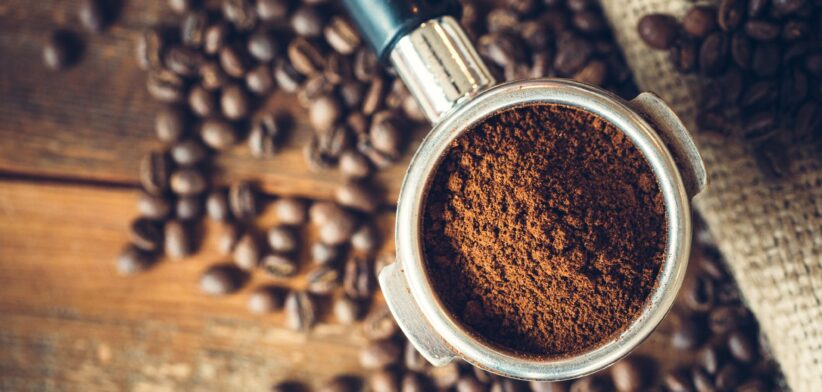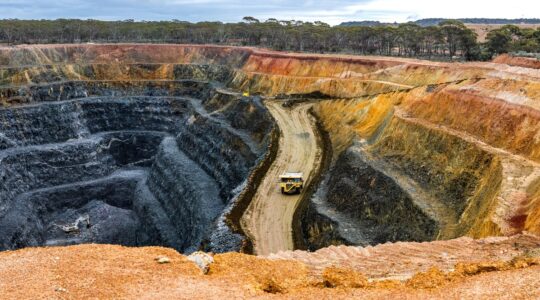Coffee lovers, it’s time to step up, with future battery technology potentially in your latte-loving hands.
Australia’s Nuclear Science and Technology Organisation (ANSTO) believes coffee grounds and other biomass waste streams hold the key to a more efficient battery.
The organisation that operates a large proportion of Australia’s research infrastructure, which is accessed by thousands of scientists each year, has noted an increasing body of work around battery technology.
In a recent article it said future batteries using lithium sulfur (Li-S) chemistry promised to deliver around 10 times the capacity of the current lithium-ion batteries.
However, poor stability of the sulfur-containing chemicals at the battery’s electrodes meant a loss of battery capacity over multiple charge and discharge cycles.
“One of the ways to stabilise the chemistry in a Li-S battery is to create a porous architecture within the electrodes which helps to physically entrap the chemicals, preventing this loss of performance,” the article stated.
Enter caffeine addicts.
ANSTO said researchers had identified that porous carbon frameworks made from biomass-derived or coffee-waste carbon were an attractive solution.
“Not only are the frameworks electrically conductive, but they also feature a hierarchy of pore sizes to potentially optimise the entrapment process. Waste biomass is a cheap and abundant source of carbon and can be simply heated to high temperatures in the absence of oxygen (pyrolysis) to synthesise the required porous material with no further specialised treatments,” it said.
With over 8 million tonnes of waste coffee grounds entering landfill every year, it said the research highlighted a biomass waste stream which may be redirected to help fabricate advanced electrodes for next generation batteries.








